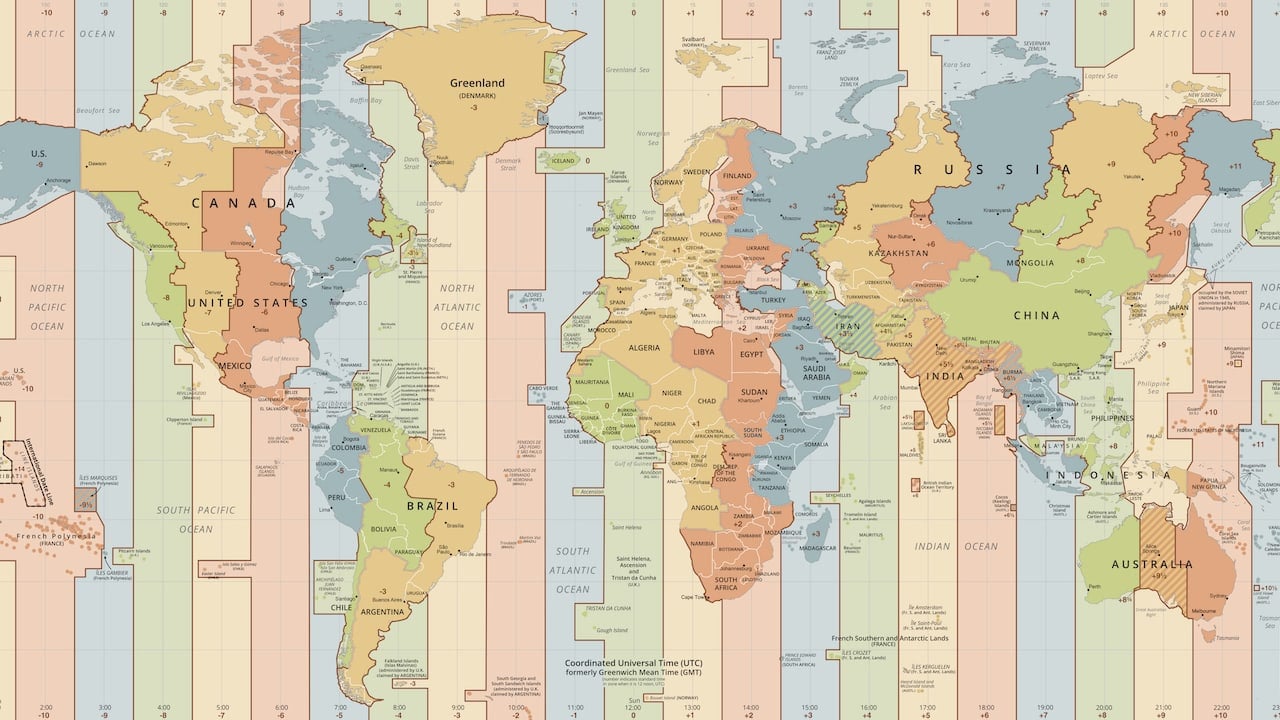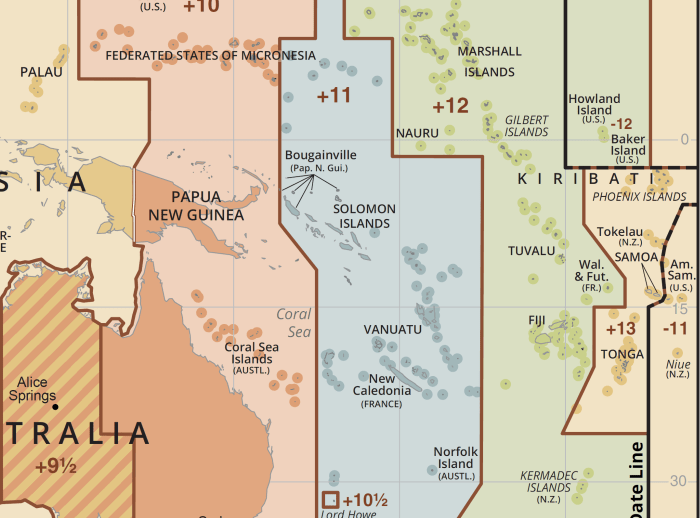Photo: By TimeZonesBoy – US Central Intelligence Agency
Each country establishes its time zone according to its latitude, longitude and other geopolitical aspects; but, if you are flying a plane, crossing several countries in a few hours, what time zone do you use for communications or navigation?
For this reason, the need arose to create a reference time system, Coordinated Universal Time or UTC, and that is what we are going to talk about in this article.





